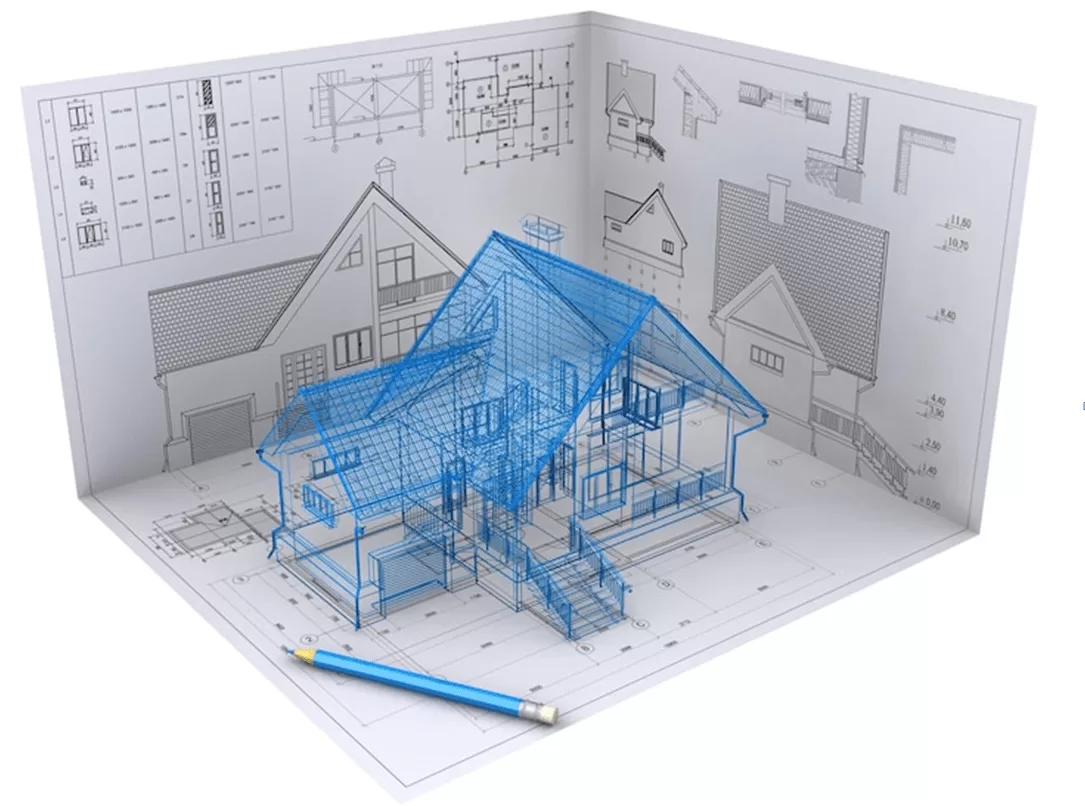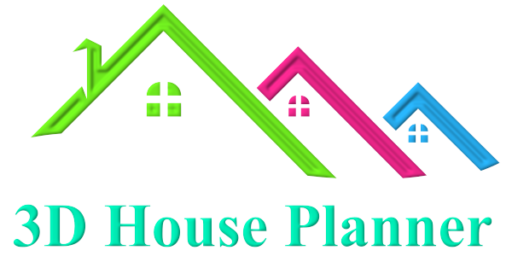How 3D House Planner Can Help You Avoid Costly Renovation Mistakes

Okay, let’s be honest. Renovating your home sounds exciting at first until you’re neck-deep in receipts, delayed deliveries, dusty floors, and that one wall you swore would look good in teal but now feels like it’s judging you every time you walk by.
If you’ve been there (or you’re heading there), you know how quickly things can go from Pinterest-perfect dreams to full-blown “why did I even start this?” nightmares. But here’s the good news: you don’t have to go in blind anymore. Welcome to the age of the 3D house planner, a total game-changer that can help you save time, money, and maybe even your sanity.
Let’s chat about how these handy tools can help you dodge the biggest renovation disasters and why you might want to play around with one before picking up that sledgehammer.
1. Visualize Before You Commit
You know how those paint swatches on the wall never quite match the real deal? Multiply that by ten for floors, countertops, light fixtures, and the whole layout of your living room. Our brains just aren’t great at imagining things in 3D space. That’s where a 3D house planner steps in.
With just a few clicks, you can map out your entire home. Want to knock down a wall? Try it out virtually first. Thinking about a kitchen island? Plop it in and spin it around. You can even test different cabinet styles, flooring types, and furniture setups without spending a dime (or lifting a hammer).
It’s like trying on outfits before buying them. Except, you know, for your house.
2. Catch Design Flaws Early
Ever tried to open a cabinet and realized it smacks into the fridge? Or pushed a couch against the wall only to discover it blocks the light switch? These are the kinds of things that a 2D floor plan just doesn’t show you but a 3D planner does.
A 3D house planner lets you walk through your space virtually and notice stuff that’s easy to overlook. You’ll see how everything fits (or doesn’t), where shadows fall, and whether that gorgeous chandelier will actually hang way too low over your dining table.

Catching these issues early means you won’t have to redo things later. And trust me, the “rip it out and start again” approach is not only exhausting, it’s expensive.
3. Get a Sense of Scale
One of the sneakiest mistakes in home renovation is getting the scale wrong. You spot a stunning farmhouse table online, you order it, and when it arrives, it dominates the entire dining room like some kind of wooden beast. Or maybe your dream clawfoot tub turns out to be too tiny to soak in comfortably.
With 3D House Planner, you can input the exact measurements of furniture, appliances, and fixtures. Then you drop them into your room layout and immediately see how they’ll look and feel in the space.
No more guessing. No more surprises. No more sending things back because your “cozy reading chair” turned out to be more of a toddler-sized stool.
4. Communicate Better With Contractors and Designers
You might think you’re describing your ideas clearly to your builder or designer. But what you say and what they hear can be wildly different. You picture a soft gray with warm undertones they give you industrial concrete. You say “modern farmhouse” . They deliver futuristic spaceships.
When you’ve got a 3D visual to back you up, it’s so much easier to get everyone on the same page. Instead of waving your arms around and trying to explain “a bit more open, but still cozy,” you can show them. And that can help avoid a whole bunch of headaches, delays, and do-overs.
5. Experiment Without Consequences
One of the best things about 3D planning tools? They let you experiment freely, without any real-world consequences.
Want to see what navy blue cabinets would look like in your kitchen? Click a button. Want to test a wild boho vibe in your living room? Go for it. Thinking about turning the guest bedroom into a plant-filled yoga space with floor-to-ceiling mirrors? Live your best life (virtually).
This kind of experimentation helps you feel confident in your choices, so when you do make changes IRL, you’re not second-guessing everything. You’ve already tried it out, slept on it, and decided it’s what you really want.
6. Budget Smarter
Renovations are notorious for going over budget. It’s almost a rite of passage. But when you’ve mapped out your whole plan in 3D, it’s easier to see what you need, what you can reuse, and what can wait.
Some tools even let you assign prices to materials and products, so you can track your spending as you go. That means you can splurge on the waterfall quartz island without accidentally blowing your whole bathroom budget.
Plus, knowing exactly what you need helps avoid those frantic last-minute trips to the hardware store (you know, the ones that always seem to cost $200).
7. Avoid Layout Regret
Changing your mind after a wall’s been knocked down or a floor’s been installed? Yeah… not ideal. That’s layout regret and it’s a common (and costly) renovation mistake.
But if you’ve planned your layout in 3D, tested how you’ll move through the space, checked that the furniture fits, and made sure the lighting works you’re way less likely to have second thoughts once the dust settles.
It’s like having a rehearsal before the big show. You know where everything is supposed to go, and you’re way more confident it’s going to work.
8. Impress Your Partner (or Clients)
Let’s not forget the bragging rights. Pulling up a sleek, interactive 3D plan on your phone or laptop? Kinda makes you look like a renovation wizard. If you’re tackling this project with a partner, you can win some serious brownie points by taking the guesswork out of decision-making.
And if you’re designing for clients? A 3D walkthrough makes your pitch feel ten times more professional. It shows you’ve thought things through, and it helps them fall in love with the vision you’ve created.
9. Plan for Future-Proofing
A lot of people renovate with just the “now” in mind. But what about a few years down the line? What if your family grows, you start working from home, or your aging parents move in?
3D planning tools let you think ahead. You can test flexible layouts, multifunctional spaces, and even plan where you might add an extension down the road. Future-you will be very grateful that current-you planned smart.

10. Reduce Stress (Seriously)
Look, renovations are stressful enough already. Between delays, budget worries, and design decisions, it’s easy to feel overwhelmed. But when you’ve got a solid 3D plan in place, a lot of that stress just… melts away.
You’re not constantly wondering “did I make the right choice?” You’ve already seen how it’ll look and feel. You’re not panicking about missing measurements. You’ve mapped it all out. You’re not fighting with your partner over the backsplash tile. You both saw it in the plan, and agreed.
It doesn’t make renovation stress disappear completely but it definitely takes the edge off.
Bonus Tip: Don’t Forget the Less Glamorous Stuff
While you’re dreaming up your new kitchen or spa-like bathroom, don’t forget about the not-so-pretty parts of your home. Things like plumbing, insulation, and you guessed it air duct cleaning.
Yeah, I slipped that in there. But seriously, it’s one of those things people forget until it becomes a problem. Clean ducts mean better air quality, fewer allergies, and a healthier space overall. And since you’re already in renovation mode, might as well take care of it while everything’s open and accessible.
Final Thoughts
Renovating your home is a big deal. It’s emotional, expensive, and full of decisions that stick with you for years. But you don’t have to go in blind. A 3D house planner gives you a powerful, visual way to test ideas, catch mistakes, and make smarter choices.
